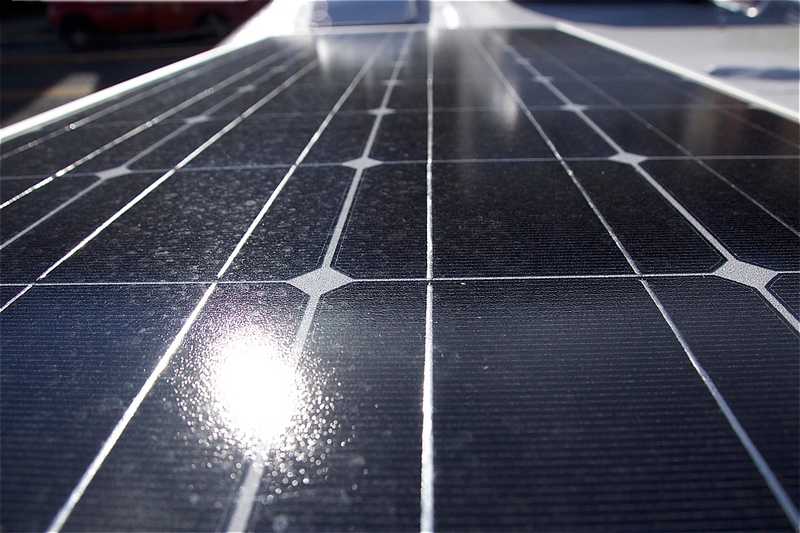Renewable energy is beginning to take root as an alternative source of energy, and the modern era is starting to embrace the idea.

Hotter temperatures, declining water supplies, warming oceans, and unpredictable weather conditions are all symptoms of climate change and global warming. The warmest years so far have been the years 2016 and 2020. These range from decimated food sources and insecure housing to poor health conditions, which affect all of us.
Fortunately, humans are innovative and open-minded creatures. Smart technology and advancements in science have allowed us to access information that made us aware of the problem and tech that can allow everyone to help solve it.
Renewable energy such as solar, wind, hydro, geothermal, and biomass are being harnessed to completely decarbonize our electricity and combat the greenhouse gas affecting our atmosphere.
Before you have your own solar electric system installed or jump on your realtor app to look for a solar-powered home, you have to know the advantages and disadvantages of renewable energy. This will allow you to know what benefits you’re getting and what challenges you will have to overcome in the future.
Advantages of Renewable Energy
Infinite Power, Electricity, and Fuel Supply
Since energy is coming from natural sources, it also naturally charges itself. This is different from mining coal, oil, and natural gas, which involves expensive sources, heavier machines, and need complex deconstruction to be turned into energy. Fossil fuels also lead to the destruction of natural resources, habitats, and chaos. Renewable energy is a more stable source that will never run out and will never lead to the destruction of natural elements.
No Carbon Emissions
According to research at Stanford University, oil production causes 10.3 grams of emissions for every megajoule of crude oil. The average carbon dioxide coefficient of distillate fuel oil like diesel and other fuel oils is 430.80 kg of carbon dioxide per 42-gallon barrel.
Carbon dioxide emission is the number one contributor to global warming and the greenhouse effect – Earth’s natural process of trapping gas to keep the world warm. NASA discovered that the atmospheric carbon dioxide levels have stayed below 300 ppm for 650,000 years. However, in the past 50 years, it’s reached 400 ppm. From July 2020 to July 2021 alone, the CO2 level on the planet has increased from 414.11 ppm to 17.16 ppm.
Over 1000 ppm can indicate a problem with air circulation and fresh air in a building. For the planet, 500 ppm will boost Earth’s temperature to more than 5.4F, a level that would cause extreme weather conditions and sea-level rise that would disrupt the global food supply and cause natural damages.
Having renewable energy in people’s homes, at work, manufacturing, and travels will allow us to decarbonize our environment and prevent these disruptions from happening.
Pure and Clean Air and Water
Burning fossil fuels contaminate the air we breathe and the water we drink. Not to mention, fossil fuels can produce nuclear waste.
For example, coal releases high volumes of carbon dioxide and nitrous oxide into the air. These are two of the most formidable greenhouse gases, but they also produce mercury, lead, and other dangerous metals that can cause different health problems leading to premature death.
Renewable energy emits no pollution or waste. It will ensure that you and your entire family are breathing in clean air and drinking safe water.
Cost-Effective
Renewable energy is still in its early stages. As more companies and bigger players join hands, the technology will become more advanced and commercially available. Its rapid growth has made it famous for being a cheap source of electricity.
Major oil companies are now investing in renewable energy, and pretty soon, we’re going to see changes that can help reduce electricity bills for people worldwide.
Disadvantages
Electricity Production is Relies on Environmental Conditions
Since renewable energy is powered by sunlight, water, and wind, it can become unpredictable, depending on the weather. Wind turbines aren’t as efficient when the weather is calm, hydroelectric systems need rainfall, and solar panels need sunlight.
However, as more research is done, new forms of energy storage will be developed, making renewable energy more consistent.
Energy Storage Can Be a Challenge
Unlike non-renewable energy, where infrastructures and power stations have already been developed to store energy and control it, renewable energy still needs to form energy storage to capture and release energy in a controlled manner.
Fortunately, many existing systems today are generating positive results. Tesla has been delivering positive results in this aspect of technology, and the rest of the world will follow suit.
Creation and Installation Still Leave Carbon Footprint
Renewable energy systems don’t produce carbon emissions, but manufacturing the components needed to be installed is still made from factories that use electricity from fossil fuels. Also, consider the gasoline used by the vehicles needed for installation.
Capital Cost is High
A solar system installed can cost USD10,000 or more. But with more people using renewable energy and more companies investing in renewable energy sources, manufacturing and installation costs should decline.
Almost 8 billion people occupy the world, and the goal is to provide sustainable food, water, and electricity for everyone. Renewable energy is the beginning of our journey toward a sustainable future.





